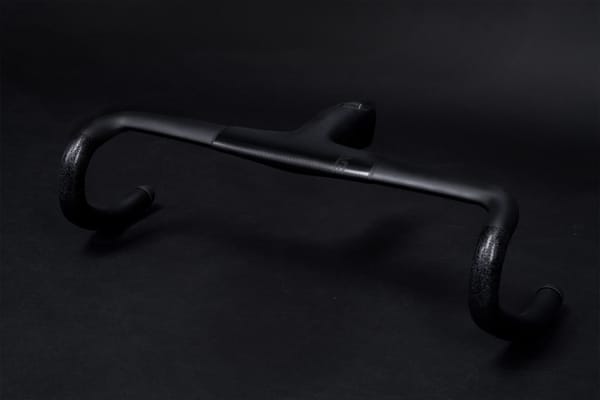Recommended Reading: The Titanic Was On Fire For Days Before The Iceberg Hit

A couple fascinating, fairly quick, reads for you this Monday. First off, the sinking of the Titanic might not just be a story of a ship hitting an iceberg. Instead, it may just be another tragic incident where money and greed trumped public safety. Why? Turns out the Titanic was on fire for days before it hit the iceberg, possibly causing damage to the very design features that should’ve saved the ship.
Senan Molony is a journalist in Ireland who has been studying the Titanic for over 30 years. He recently came across an amazing discovery hidden in an attic in England. This hidden gem was pictures taken of the Titanic by the ship-building firm before it left the shipyard. One of these amazing pictures shows a 30 foot long dark marking on the hull, right where the iceberg was known to have struck the ship. This mark was judged by engineers at the Imperial College of London to be caused by the coal fire that took place in the three story-high coal bunker on the ship.
…
An example of the difficulties with a coal fire would be the coal fire in Centralia, Pennsylvania. This fire broke out in a mine in the Northeast United States and has proven impossible to put out. How impossible you ask? It’s been burning since May 27, 1962.
…
The work of Molony in his documentary is compelling and seems to make logical sense. The hidden fire caused damage to a bulkhead in the ship. The increased speed of the ship was due to the excess burning of coal to fight the fire. Also the failure of the bulkhead was due to the incredible heat generated by the coal fire, which was right against the bulkhead. In Molony’s opinion if the bulkheads held, the passengers on the ship may have been rescued. There was a ship hailed and on the way. If the Titanic could have stayed afloat for a few hours longer, a historic tragedy may have been averted.
Another super interesting article on the Titanic looks at the discovery of the ship’s wreckage by ocean explorer Bob Ballard. Ballard’s discovery was actually a covertop-secretop secret investigation of two nuclear submarines.
In 1985, Ballard’s mission was to dive to depths of 9,800 feet using a towed camera system called Argo to find and document the imploded remains of the Scorpion. The objective of the mission was to locate the submarine’s nuclear reactor and nuclear weapons and to gain evidence to help determine what led to her loss. After concluding his successful investigations of the Scorpion, Ballard used the final 12 days of his expedition to discover the RMS Titanic at a depth of 12,540 feet.
Really interesting stuff, a great reminder that the history we know is seldom the entire picture.





